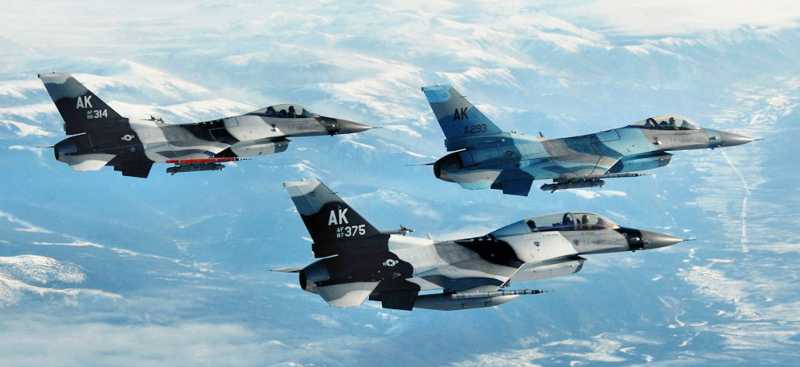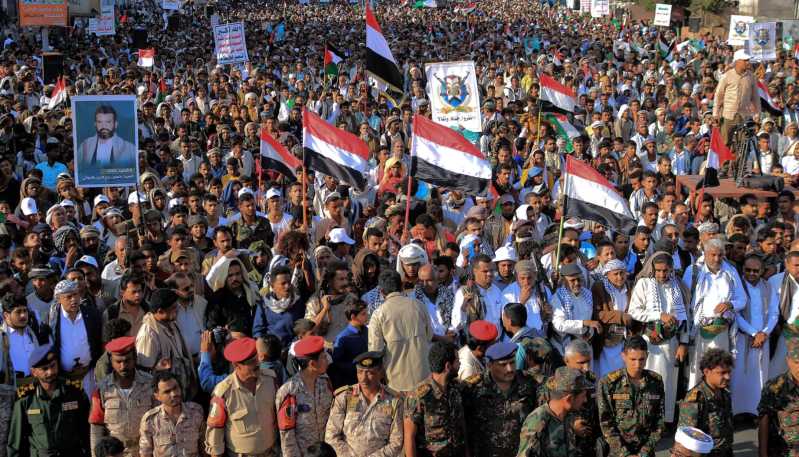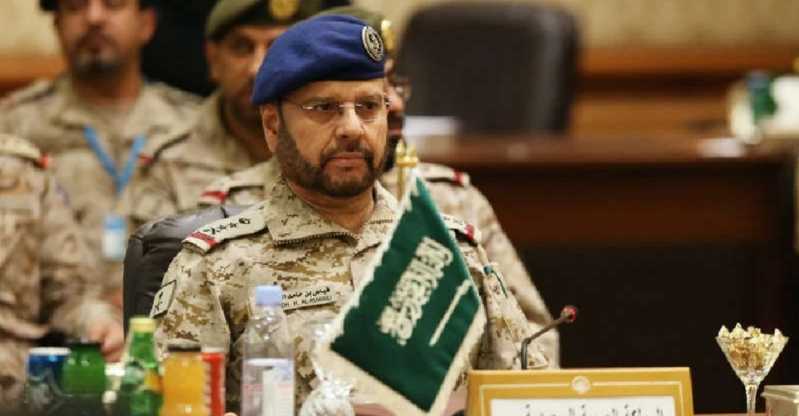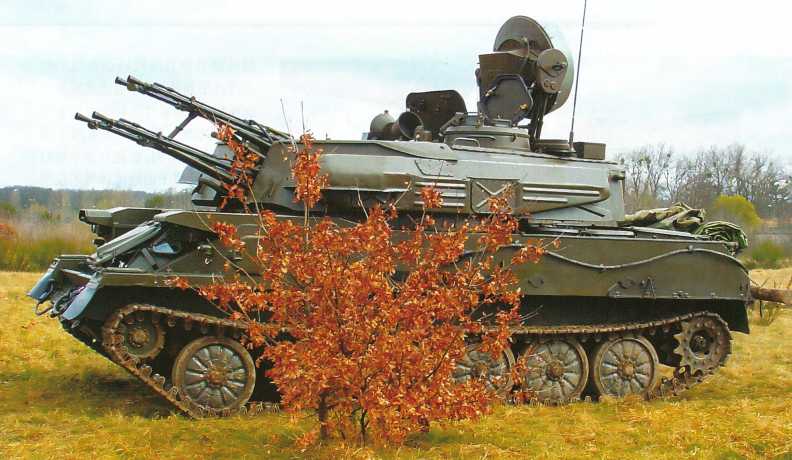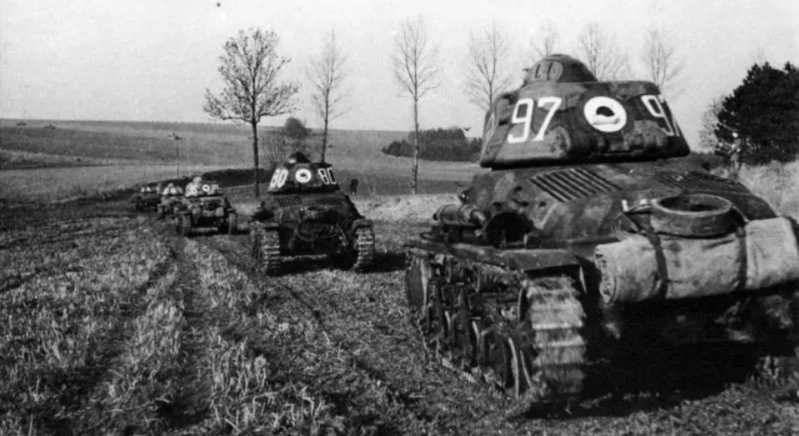In the story background of the well-known American series of games "Fallout", a war broke out between China and the United States. The two sides had a fierce battle in Alaska, and finally the two sides launched nuclear weapons against each other, leading to the destruction of the world. Coincidentally, the Americans are developing an air force aviation team on the land of Alaska, and the reason given coincides with the fictional reason in the game: worry that China may "invade" Alaska.
Whether this is the Americans’ unfounded worries or their cover for China’s strategic deployment, it is undeniable that the 11th Air Force (US Air Force in Alaska) is carrying out the strategic task of monitoring and controlling China. Its subordinate units, including the 3rd Wing, the 354th Fighter Wing, the 36th Wing, the 611th Air and Space Operations Center, the Pacific Air Force Regional Support Center, etc., jointly form a very critical air surveillance, command, control and communication network to complete the tactical warning and attack assessment tasks of defending Alaska.
Its current commander, Lieutenant General David A. Crum, is also an old official with experience in handling Chinese affairs. He was promoted to colonel in 2008 and served as the director of the Air Force Research Office in the Chinese Affairs Office of the State Department. Being able to be transferred to the Chinese Affairs Office of the State Department shows that Crum is more familiar with the Chinese direction in terms of profession. In the current context of Sino-US strategic competition, his experience in Chinese affairs makes the 11th Air Force more targeted in handling Chinese affairs.

The war-torn air brigade
The 11th Air Force was born in the winter of 1941-1942, when the Japanese Navy was planning to launch an attack on Alaska in mid-1942. After the end of World War II in 1945, the 11th Air Force conducted reconnaissance on the Soviet-occupied areas of the Northern Kuril Islands and was intercepted by Soviet fighter planes, which also foreshadowed the coming of the Cold War. After the Cold War, Alaska’s air force was included in the deployment of the Air and Space Expeditionary Force to carry out support operations in the global war on terror.
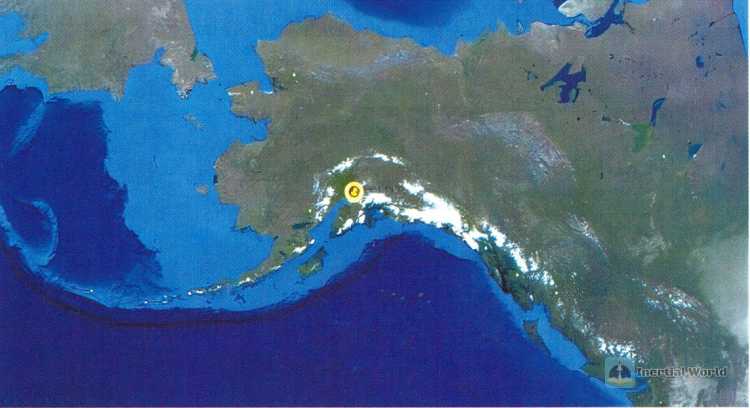
The 11th Air Force was originally defined as an air force under the Alaska Defense Command. It was established on January 15, 1942 as the Alaska Air Force and was reorganized as the 11th Air Force on February 5. At the beginning of its establishment, the 11th Air Force faced the threat of Japan’s attack on Alaska. At that time, Japan’s Northern Fleet attacked Dutch Harbor and Adak Island, starting the Battle of the Aleutian Islands.
When it was first discovered that Japan had signs of attacking the Aleutian Islands, the 11th Air Force immediately sent reconnaissance aircraft to locate the Japanese fleet advancing towards Dutch Harbor and attacked it with bombers, focusing on the two aircraft carriers in Hodogaya. The campaign lasted from June 1942 to the winter of 1943. Although the pilots were affected by almost constant fog, the 11th Air Force still bombed the Japanese forces in Kiska and Attu. During this period, the strike force of the 11th Air Force consisted of only 3 medium bomber squadrons, 3 heavy bomber squadrons and 4 fighter squadrons.
After the end of the Aleutian Campaign, some units of the 11th Air Force were immediately deployed to other areas to perform combat missions, including the 21st Bombardment Squadron (Heavy), the 36th Bombardment Squadron (Heavy), the 73rd Bombardment Squadron (Medium), the 406th Bombardment Squadron (Medium) and the 407th Bombardment Squadron (Dive Bomber).
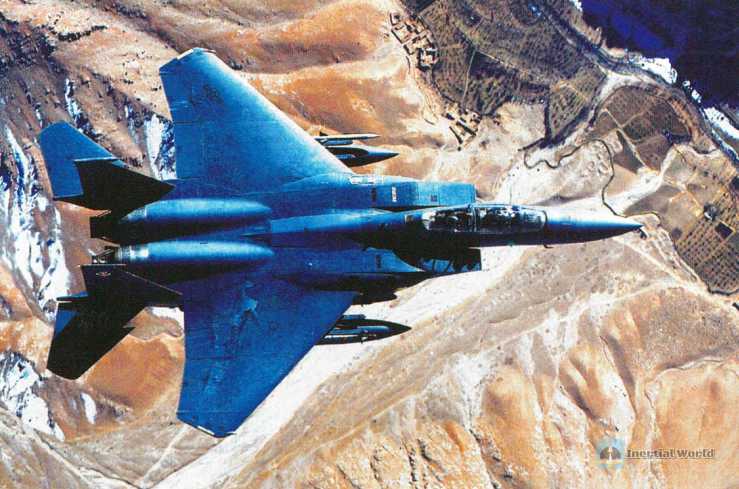
After the end of World War II, many small air bases in the Aleutian Islands were permanently closed, and the 11th Air Force shifted its post-war focus to training. On November 1, 1945, the Air Transport Command transferred Ryder Field to the 11th Air Force. On December 15 of the same year, the U.S. Army restored its troop structure in Alaska. On December 18, 1945, the U.S. Army Air Forces reorganized the 11th Air Force into the Alaska Air Force Command, with the headquarters location unchanged. The Alaska Air Force Command is a first-level command with other overseas combat commands (such as the U.S. Air Forces in Europe, the Far East Air Forces, and the Caribbean Air Force Command), and its mission is to be responsible for the Alaska homeland air defense mission.
After the end of the Cold War, the 11th Air Force’s mission changed from static defense against bomber threats over Alaska to global deployment missions. The reorganization from a first-level command to a numbered air force
is also the largest reorganization in the reform of the US Air Force. Alaska’s air force officers and soldiers were also included in the deployment of the Air and Space Expeditionary Force to carry out support operations in the global war on terrorism. From 2001 to 2002, the 18th Fighter Squadron was deployed to Jabal Air Base in Kuwait to participate in operations such as "Southern Watch", "Enduring Freedom" and "Anaconda": In 2004, the 355th Fighter Squadron was deployed to Bagram Air Base in Afghanistan to participate in the Afghanistan War.
The 11th Air Force has been carrying out combat missions almost all the time since its establishment. From World War II to the Cold War, and from the Cold War to the present, the 11th Air Force has always been on the road.

3rd Wing: "Pacesetter of Expeditionary Force"
The 3rd Wing is a subordinate wing of the 11th Air Force of the Pacific Air Force. It is stationed at Joint Base Elmendorf-Richardson in Alaska. Its mission is to provide a force ready to carry out global air power projection and a base that can meet the theater segmentation and throughput requirements of the Pacific Command to ensure and defend the interests of the United States in the Asia-Pacific region and around the world.
The 3rd Wing is responsible for providing the Commander of the Indo-Pacific Theater Command with well-trained and fully equipped tactical air superiority forces, command and control platforms, and strategic and tactical air transport capabilities to respond to and respond to emergency combat operations. At the same time, it also provides early air detection, early warning, surveillance and interception for the Commander of the United States Northern Command in the North American Aerospace Defense Command in Alaska. This is a model wing of the Air Force expeditionary force equipped with various types of fighters such as E-3B, C-12, C-17 and F-22A.

As the largest and most important unit of the 11th Air Force, the 3rd Wing has more than 6,000 air force officers and soldiers under its jurisdiction. It is a rapid combat support force responsible for seizing air superiority, surveillance, global air transport and delivery of combat forces. The current commander of the 3rd Wing is Colonel Travoris A. Simmons, a special pilot. He has carried out "Iraqi Freedom", "Enduring Freedom" and "Eagle" operations. He has served as a pilot of F-16, F-117A and F-22A, with more than 2,000 flight hours.
The 3rd Wing has four squadrons, namely: the 3rd Combat Squadron, which includes the 90th Fighter Squadron (F-22A "Raptor" fighter), the 525th Fighter Squadron (F-22A "Raptor" fighter), the 517th Airlift Squadron (C-12 "Huron" transport aircraft, C-17 "Globemaster III" transport aircraft), the 962nd Air Control Squadron (E-3 "Sentry" early warning aircraft) and the 3rd Combat Support Squadron; the 3rd Maintenance Squadron, which is responsible for daily flights and maintenance; the 3rd Mission Support Squadron, which has a wide range of responsibilities, mainly responsible for airport security, civil engineering, communications, personnel management, logistics, services and contract support; the 3rd Medical Squadron, which provides medical and dental care.
The F-22 "Raptor" equipped by the 3rd Wing is the latest fighter of the US Air Force. It has stealth performance, supersonic cruise and super maneuverability, equipped with integrated avionics equipment, and improved its supportability, which has an exponential leap in combat capability. The "Raptor" can perform air-to-air and air-to-ground missions, realizing the crucial combat concept of the Air Force in the 21st century.
F-22 performance parameters
Machine Length: 18.923 meters, height: 5.08 meters, wingspan: 13.5636 meters
Empty weight: 19 tons, maximum take-off weight 38,000 kilograms
Internal bomb bay carrying capacity: 2.2 tons, up to 9 tons
Ceiling: 18km
Actual supersonic cruise speed: Mach 1.72
Maximum speed: Mach 2.0 Combat radius: 900km
Power: 2 Pratt & Whitney F119-PW-100 turbofan engines with afterburners and two-dimensional thrust nozzles
Weapons: -M61A 220mm cannon, 480 rounds of ammunition, 2 AIM-9 infrared air-to-air missiles in the inner weapon bay, 6 AIM-120 radar-guided air-to-air missiles (air-to-air load) or 2 1000-pound GBU-32JDAMs and 2 AIM-120 radar-guided air-to-air missiles (air-to-ground load)
Crew: 1 person
Cost: $143 million
Established combat capability: December 2005
Service: All units, 183 aircraft
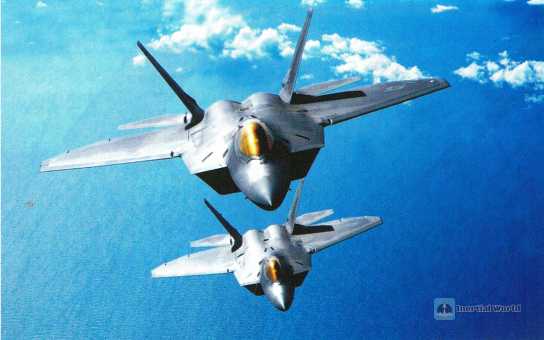
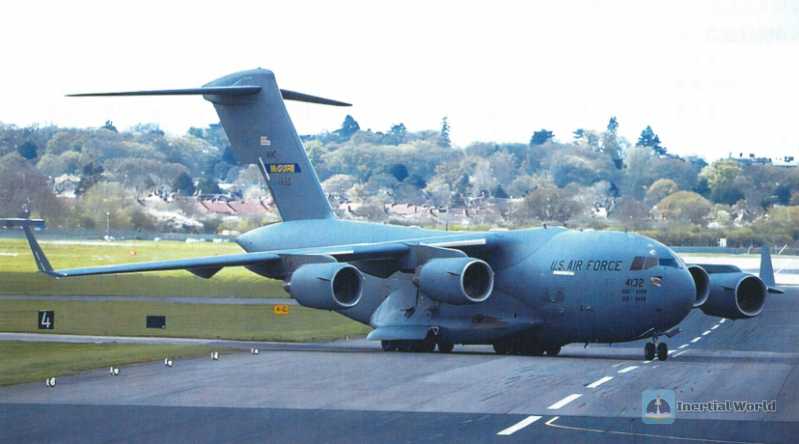
F-22 is a core component of the Global Strike Task Force, whose mission is to quickly seize air superiority at a long distance and eliminate any threat that attempts to stop the US Air Force, Army, Navy and Marine Corps from advancing. According to the US According to the United States itself, no fighter currently known or planned to be built can match the F-22.
The C-17 "Global Domination 3", another type of transport aircraft equipped by the 3rd Wing, is the most flexible cargo aircraft of the US military air transport force. It can quickly transport troops and various materials to the main combat base or directly to the forward base in the deployment area. The aircraft can perform tactical air transport and airdrop missions, and can transport stretchers and ordinary patients in medical evacuation missions. The flexibility and other performance of the C-17 force have greatly improved the capabilities of the US air transport system and met the US’s requirements for global air mobility.
C-17 performance parameters
Power: 4 Pratt & Whitney F117-PW-100 turbofan engines
Thrust: 40,440 pounds per engine
Length: 53 meters, height: 16.79 meters, wingspan: 51.75 meters
Cargo compartment: 26.82 meters long; 5.48 meters wide; 3.76 meters high
Speed: 450 knots, Mach 0.74
Practical Ceiling: 45,000 feet (13,716 meters) at cruising speed
Range: Can fly around the world with aerial refueling
Crew: 3 (2 pilots and 1 loadmaster)
Aerial medical evacuation crew: To perform aerial medical evacuation missions, a basic crew of 5 people (2 air nurses and 3 medical technicians) can be added, and medical personnel can be based on Adjusted for patient needs Maximum takeoff weight: 585,000 lbs (265,352 kg) Loading capacity: 102 soldiers or paratroopers; 36 stretchers and 54 mobile patients and caregivers: 170,900 lbs (77,519 kg) Supplies (18 pallet positions)
Cost: $202.3 million
Deployment date: June 1993
Service status: Active, 157; Air National Guard, 47; Air Force Reserve, 18
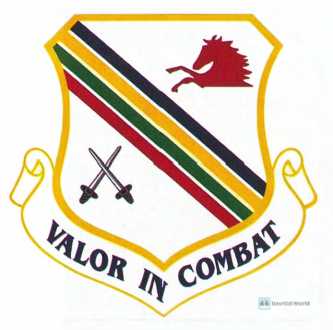
354th Fighter Wing: "Red Army" actor
The 354th Fighter Wing is a member of the 11th Air Force and is the stationed wing at Eielson Air Force Base, Alaska, located 26 miles southeast of Fairbanks, Alaska. The wing’s mission is to "prepare air power for combat, deploy forces in support of global combat operations, and achieve force projection." The fighter wing has four groups under its jurisdiction: the 354th Operations Group, the 354th Mission Support Group, the 354th Maintenance Group, the 1st Air Support Operations Group and the 354th Medical Group. These five groups have a total of 18 squadrons under their jurisdiction.
The 354th Fighter Wing has a long history. Since its establishment in 1942, it has participated in World War II, the Vietnam War and the Iraq War. On August 20, 1993, the wing replaced the 343rd Fighter Wing. Before the 343rd Fighter Wing was disbanded, it was the oldest air combat unit in Alaska, and its history can be traced back to the Aleutian Campaign. The 18th Fighter Squadron under the 354th Fighter Group also has a history dating back to World War II, and it is still in service. The 3rd Fighter Training Squadron also changed its name and was reorganized into the 353rd Fighter Training Squadron. All aircraft of the 354th Fighter Wing are marked with the tail code "AK" on their wings. In August 2007, the 355th Fighter Squadron was disbanded due to base reorganization and closure measures, and all A-10 aircraft were reallocated to other units of the US Air Force. The 18th Fighter Squadron was reorganized into the 18th Aggressor Squadron, and is still at Eielson Air Force Base, equipped with F-16s and playing the role of the Red Army. The 355th Fighter Squadron replaced the 11th Tactical Attack Aircraft Support Squadron.
changed its name and became the 353rd Combat Training Squadron. All aircraft of the 354th Fighter Wing have the tail code "AK" on their wings. In August 2007, the 355th Fighter Squadron was decommissioned due to base reorganization and closure measures, and all A-10 aircraft were reassigned to other units of the US Air Force. The 18th Fighter Squadron was reorganized into the 18th Aggressor Squadron, and is still at Eielson Air Force Base, equipped with F-16s, playing the role of the Red Army. The 355th Fighter Squadron replaced the 11th Tactical Attack Aircraft Support Squadron.

Colonel David Birkeland is currently the commander of the 354th Fighter Wing. He is responsible for delivering fifth-generation air combat forces to the U.S. Indo-Pacific Command and providing high-end, multi-domain combat training to the United States and its international partners through the important multilateral large-scale military training exercise "Red Flag-Alaska". He served as an F-16 flight instructor and weapons officer, and flew combat aircraft to perform operations such as "Southern Watch", "Northern Watch", "Iraqi Freedom" and "Freedom Sentinel". Birkeland is a super pilot with more than 3,400 flight hours, including more than 900 hours of combat time.

36th Wing: "36th Fighter"
36th Wing is a wing stationed at Andersen Air Force Base in Guam and a subordinate unit of the 11th Air Force of the Pacific Air Force. Its mission is to provide the President of the United States with the supreme option of using air power in the entire domain.
The wing is mainly responsible for three major tasks: through its subordinate 36th Mission Support Group and 36th Medical Group, it serves and manages Andersen Air Force Base; through the rotating bomber units and their subordinate 36th Operations Group and 36th Maintenance Group, it provides force projection; through its subordinate 36th Emergency Response Group, it provides rapid deployment and initial combat capability of the air base. At the same time, the 734th Air Mobility Squadron operates the Andersen Air Cargo Terminal under the leadership of the Air Mobility Command to assist the 36th Wing in completing its mission.
On February 1, 1940, the 36th Fighter Group (Interceptor) was officially activated at Langley Field, Virginia. It was the predecessor of the current 36th Wing. In May 1942, the 36th Fighter Group was reorganized into the 36th Fighter Group and moved to Charleston, South Carolina in the summer of 1943. In Charleston, the group received the P-47 Thunderbolt aircraft. In March 1944, the 36th Fighter Group left the United States and came to the vicinity of the United Kingdom, and carried out its first combat mission in the European theater in early May. That month, the group participated in 17 missions, including dive bombing, area cover low-altitude strafing, and escort missions for medium and heavy bombers. Until May 8, 1945 (Victory in Europe Day), the three flying units had carried out more than 1,000 missions and 6,947 sorties. The group’s combat efficiency and endurance earned it the title of "36th Fighter". In the following decades, the 36th Fighter Group returned to the United States, and after several reorganizations and transfers, it was relocated to the Caribbean and Europe, deployed in Southwest Asia, and was disbanded in July 1994. On September 30, 1994, the 36th Air Base Wing was activated at Andersen Air Force Base in Guam, and performed its missions excellently many times. On April 12, 2006, it was officially renamed the 36th Wing and became the stationed force at Andersen Air Force Base.
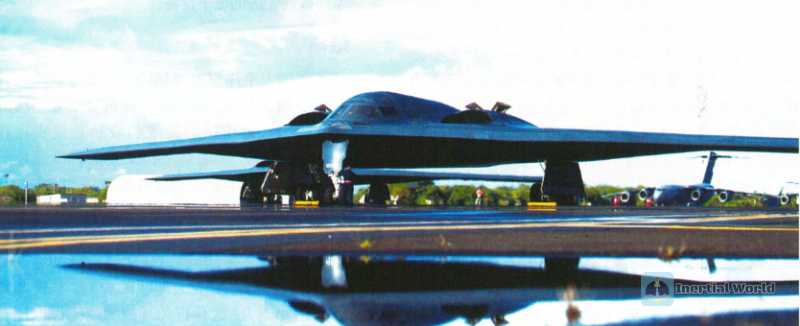
The wing has no aircraft equipment, but bombers such as B-1, B-2, and B-52 are stationed at the base on a regular basis. Among them, the B-2 "Ghost" bomber is a multi-purpose bomber capable of dropping conventional ammunition and nuclear bombs, demonstrating a huge technological leap and an important milestone in the US bomber modernization plan. The B-2 can break through previously impenetrable defense systems and carry a large amount of ammunition to raid any location in the world in a very short time.
B-2 performance parameters
Length: 21.0 meters, height: 5.18 meters, wingspan: 52.4 meters Weight: 71,700 kg, maximum take-off weight: 170,600 kg Bomb load: 20 tons
Maximum fuel capacity: 75,750 kg
Maximum speed: 0.95 Mach
Cruise speed: 0.85 Mach (900 km/h)
Maximum range: 6,000 nautical miles (11,100 km)
Engine: 4x General Electric F118-GE-100 turbofan engine
Motor
Thrust: 4x17,300 pounds
Thrust-to-weight ratio: 0.205
Cost: $2.4 billion
The B-2 bomber has a very strong stealth performance, comparable to the small F-117 attack aircraft, and its combat capability is comparable to the huge B-1B bomber. Without refueling, the B-2 bomber can fly 12,000 kilometers; if it is refueled once in the air, it can fly 18,000 kilometers. However, it is worth noting that despite the high cost of the B-2 bomber, which costs up to $2.4 billion per B-2, its survivability on the battlefield is extremely high and is usually only damaged in a nuclear war.
The B-52H "Stratofortress" bomber is a long-range heavy bomber that can perform a variety of missions. This type of bomber can fly at high subsonic speeds at an altitude of 50,000 feet (15,166.6 meters), can carry nuclear or precision-guided conventional munitions, and accurately navigate around the world. It is a member of the B-52 series, which has been delivered since 1952 and continues to be used today. It is one of the oldest military aircraft in service in the world.
B-52H performance parameters
Weight: 83.25 tons, maximum take-off weight: 220 tons
Height: 12.4 meters, wingspan: 56.4 meters
Maximum speed: 1010 km/h
Cruise speed: 819 km/h
Ceiling: 17 km
Crew: 6 people
Maximum range: more than 16,000 km
Endurance: 22 hours
Aerial refueling capability: Aerial refueling is possible to achieve non-stop flight around the world

B-52H is an important weapon for long-range strategic raids. The maximum range can reach more than 16,000 kilometers, the endurance is 22 hours, and it can fly around the world without landing after aerial refueling. The B-52 can take off from the United States to any part of the world to perform combat missions. It has advanced special equipment and strong penetration capability.
After several modifications, it is now equipped with a series of advanced electronic equipment such as terrain comparison guidance device, Doppler radar, inertial navigation system, forward-looking infrared scanner, low-light camera, sensitive noise control device, electronic countermeasure system, global positioning system, etc.
Conclusion
As a numbered air force under the US Pacific Air Force, the 11th Air Force is responsible for monitoring and controlling the Asian space domain like the 5th and 7th Air Forces. Its challenges and threats to China are real. In particular, the US Air Force has recently deployed F-35A fighter jets at Eielson Air Force Base, aiming to seize dominance in the Arctic region, build a strategic fulcrum for advancing to the Asia-Pacific region, and verify new combat concepts. The United States downplayed the "opening of the stealth fighter era in the Asia-Pacific region" as a planned military deployment. By strengthening its military deployment in Alaska, it intends to achieve control over the Asia-Pacific region and improve its deterrence and situational awareness capabilities. This behavior cannot conceal its multiple intentions to strengthen its control over the polar regions, build an encirclement of the Asia-Pacific region, and promote the testing of new combat concepts. It will bring new challenges to the regional security situation and we should be vigilant.


